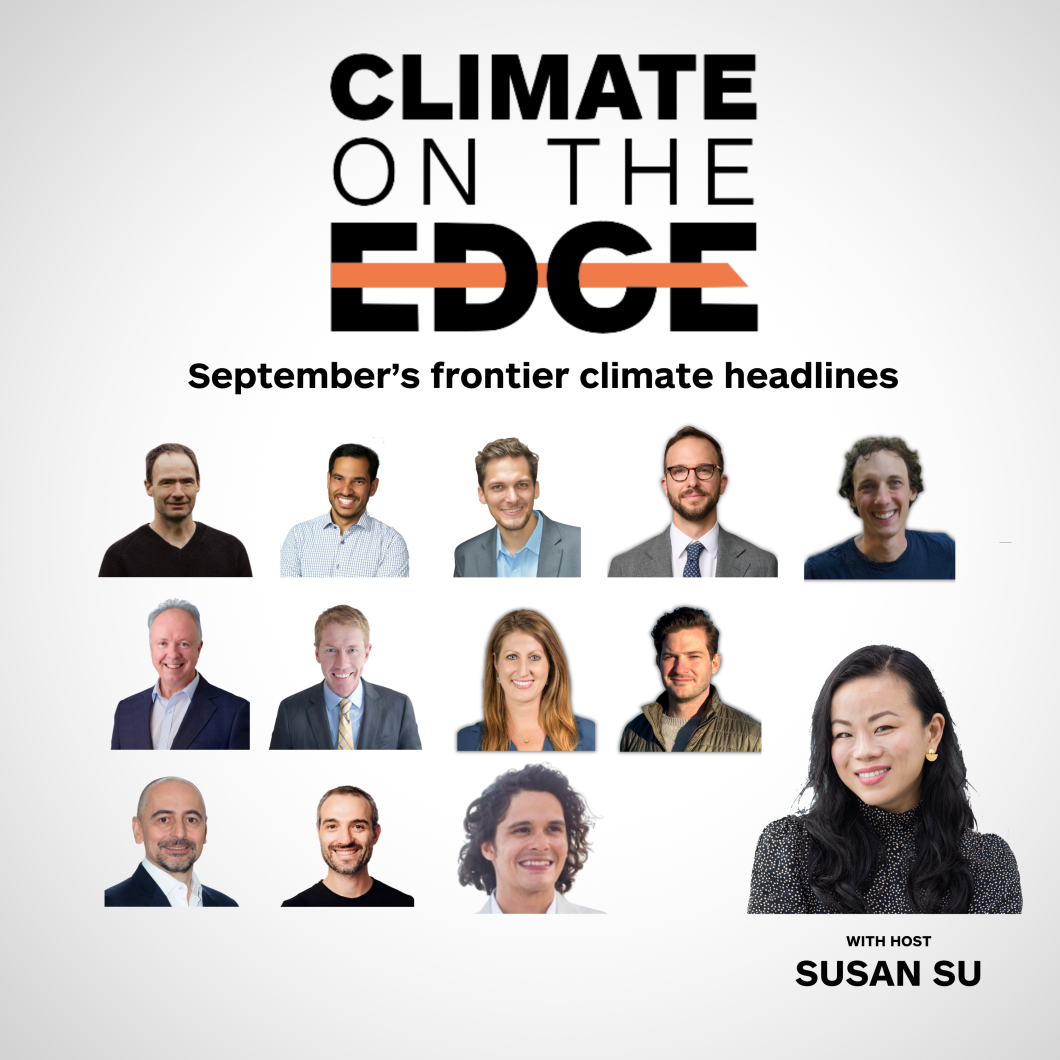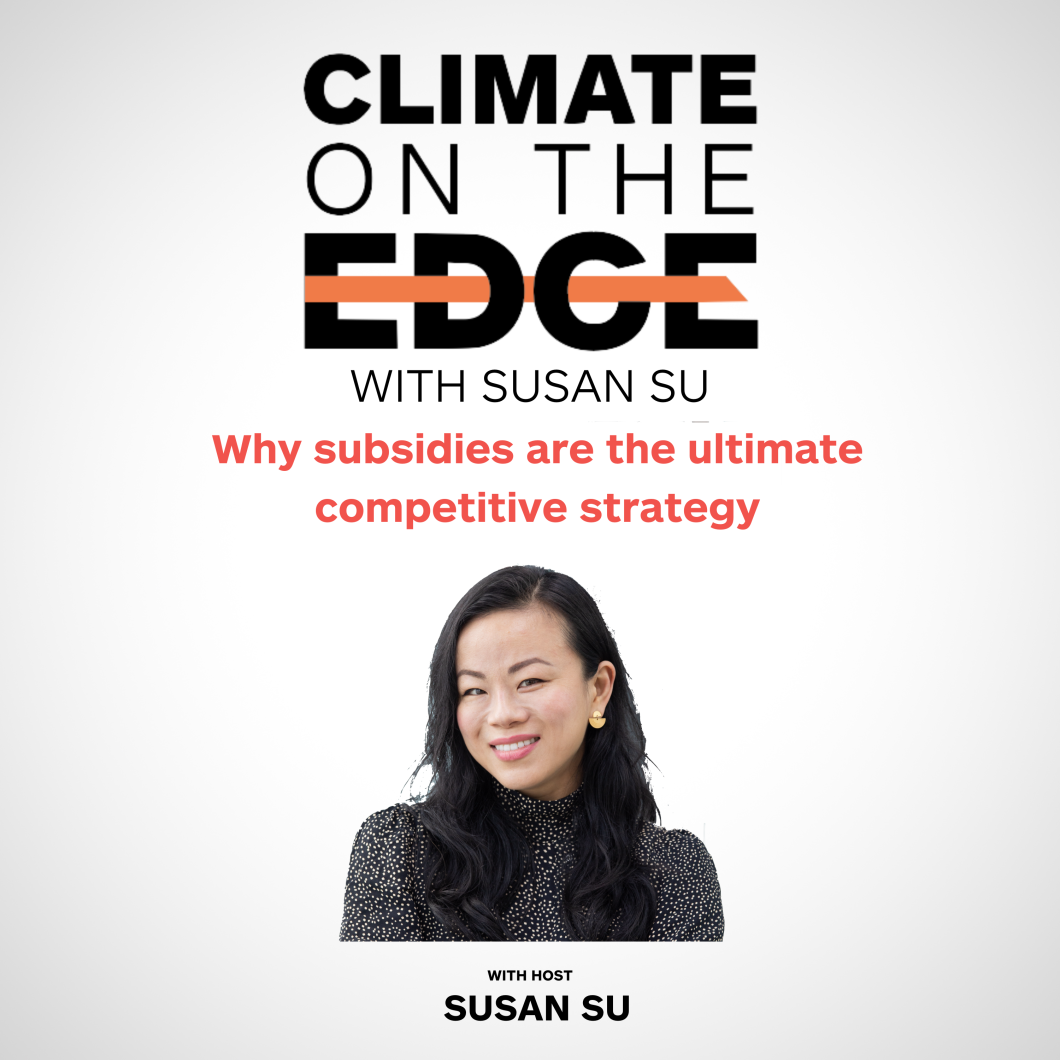As a climate investor focused on energy transition and carbon dioxide removal, I’ve spent years understanding and supporting technologies that drive decarbonization. But lately I’ve grown concerned that our progress isn’t happening fast enough. The urgency of our situation. Which has become very apparent has left me curious about what else is out there.
That’s why I was so excited to speak with Kelly Wanser, Executive Director of SilverLining. SilverLining is a nonprofit organization dedicated to addressing climate risks through advancing research and equitable governance around solar radiation management. Kelly is an absolute powerhouse here and a true pioneer in this field. Our conversation will get into how SRM might work, where it’s at today, what’s needed to advance the field and why organizations like SilverLining and its backers believe that it should advance.
We’ll explore the economic and practical aspects, including concerns about SRM’s affordability and the actual, very real logistical challenges of deploying any form of SRM responsibly on a global scale. Kelly is one of the world’s most influential figures on SRM and climate intervention beyond emissions reduction. I hope this conversation is as thought-provoking for you as it was for me.
Leave us a rating and review on Apple Podcasts ⭐️
For more about the show and more information about episodes, visit Climate on the Edge.
Supported by emrgnce – innovative minds exploring climate’s next frontier.










